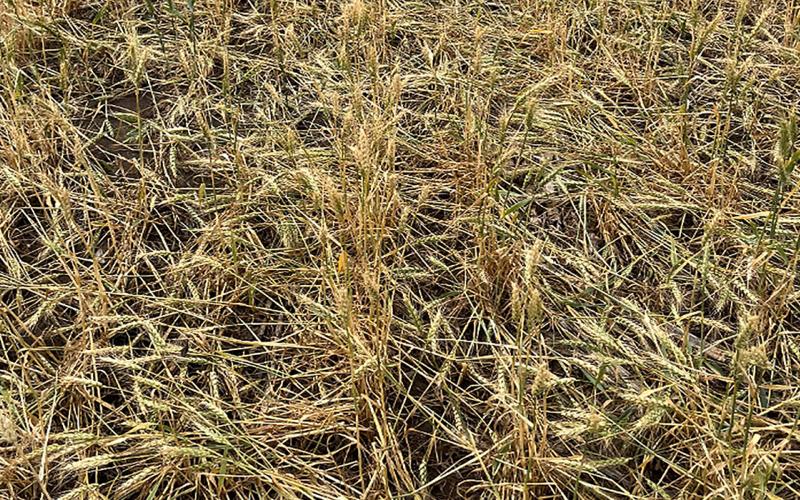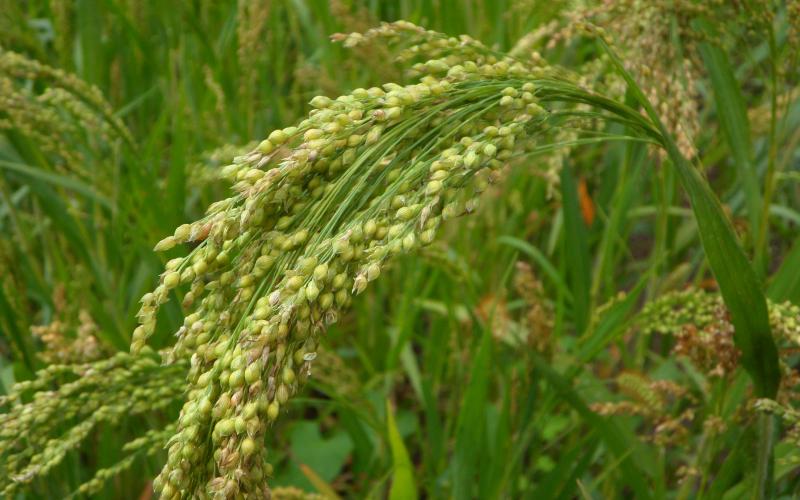Small Grains
All Small Grains Content

Ergot: A Potential Livestock Poisoning Problem
Cool, damp weather followed by warmer temperatures favors grasses becoming infected with ergot bodies, which can cause a certain kind of poisoning that can affect cattle on pasture.

Wheat Stem Sawfly Adults Observed in South Dakota
During the 2024 wheat stem sawfly survey, wheat stem sawfly adults were captured in northwestern South Dakota. Observation is used to determine areas where solid stem wheat varieties should be considered.

Fusarium Head Blight Forecast
The warm and humid conditions prevalent in South Dakota throughout June 2024 have significantly favored Fusarium head blight disease development. As of this week, the risk for Fusarium head blight has begun to increase.

Early Season Prevalence of Field Pennycress and Shepherd’s Purse
Many fields that are planted to winter wheat or have yet to be tilled may have a healthy infestation of field pennycress or shepherd’s purse. Learn some expert tips for identifying and managing these weeds before they become a problem this growing season.

Look Out For Early Season Wheat Diseases
Conditions have been favorable for disease development in South Dakota winter wheat fields, especially for Septoria. It’s important to scout fields to determine what diseases are present before deciding to apply a fungicide early in the season.

Hessian Fly Pupae Detected in Central South Dakota
Recent reports of lodged wheat in central South Dakota revealed Hessian fly pupae in the lodged plants. Learn how to identify and manage this pest before it impacts your wheat harvest.

Latest Recommended Planting Dates for Spring Wheat in South Dakota
A major question that producers have been asking is, “How late can wheat be planted in South Dakota without a significant reduction in yield potential?” See our latest recommendations for those considering late planting this May.

Proso Millet Trial Results
In 2020, proso millet trials were conducted in 1 location in South Dakota.

Planting Spring Wheat Into Corn or Milo Residue: Considerations for Scab
Due to current grain prices and other reasons, growers may be considering planting spring wheat into fields that were planted to corn or milo last season. While this type of crop rotation is not generally recommended, economic and logistical challenges sometimes may dictate otherwise.

Chloride Fertilizers May Be Beneficial in Spring Wheat Production
Chloride, the ionic form of chlorine, although not considered an essential nutrient, has long been observed to be highly beneficial to field crops. Chloride is known to play an essential role in plant development and osmoregulation.